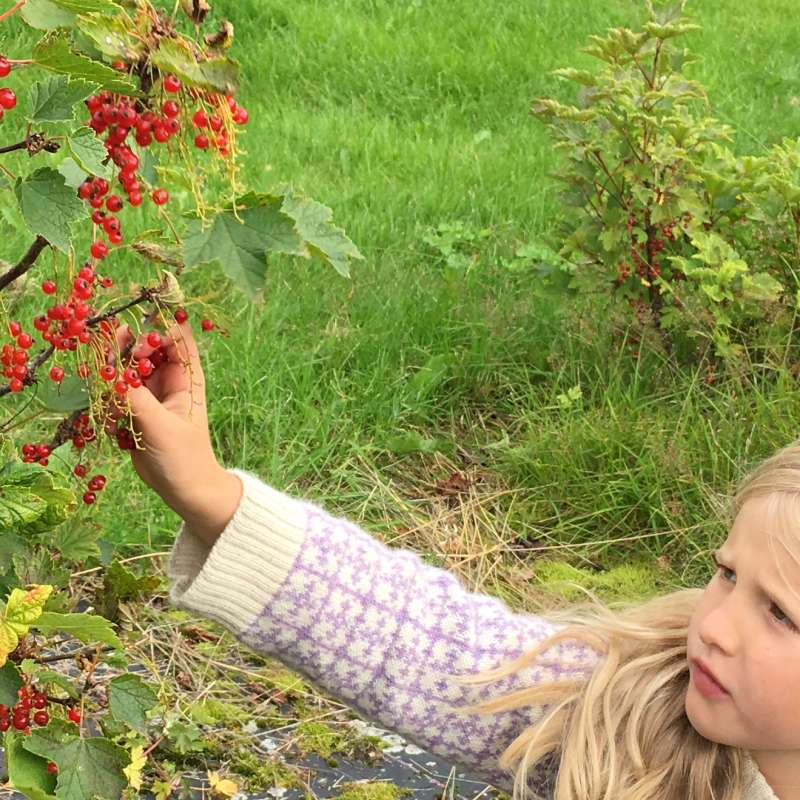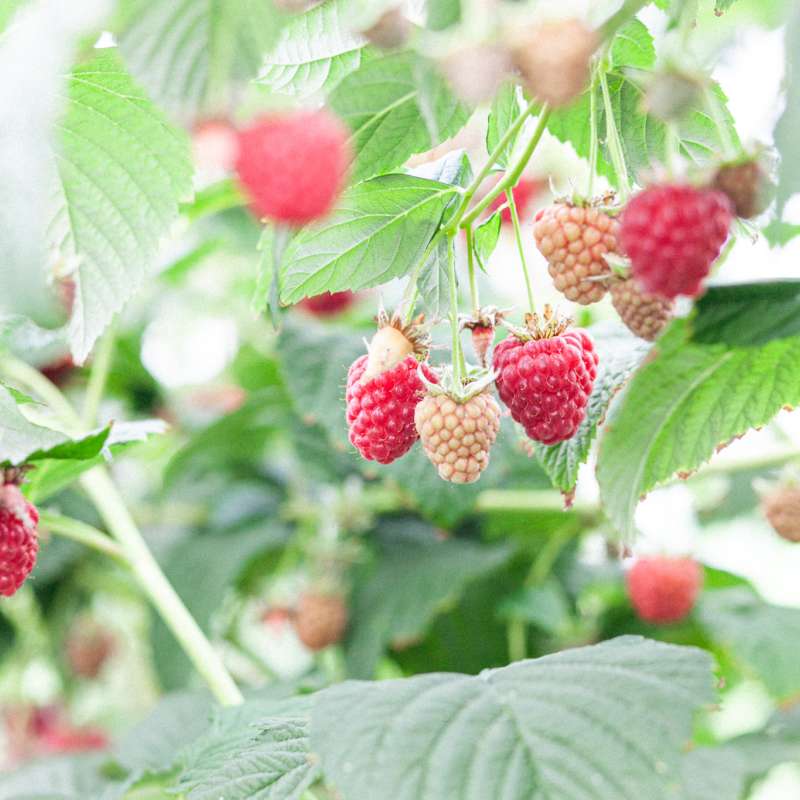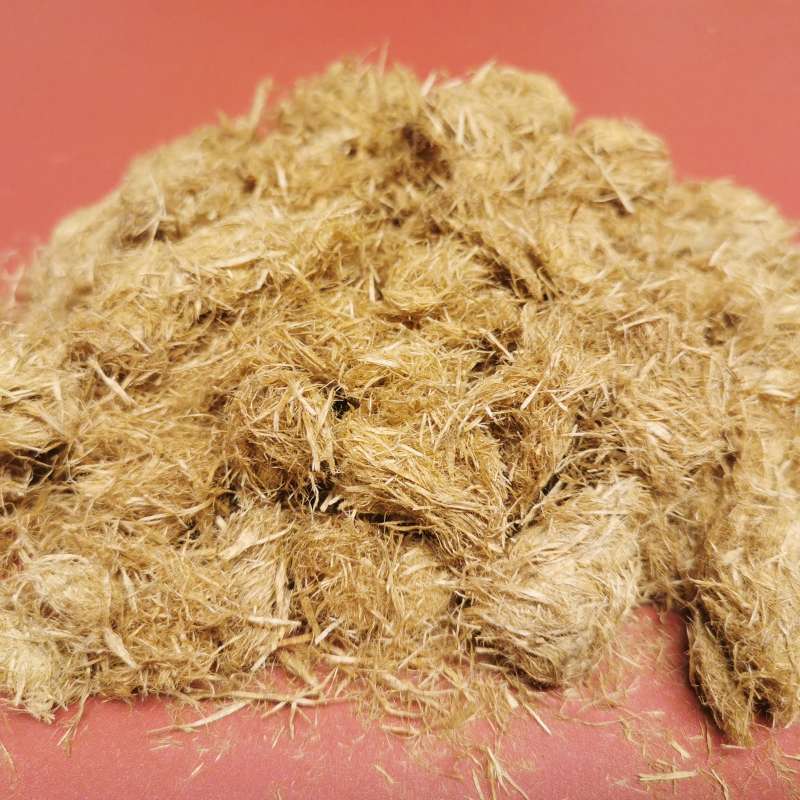Anita Sønsteby
Seniorforsker
Sammendrag
Det er ikke registrert sammendrag
Sammendrag
Det er ikke registrert sammendrag
Sammendrag
Det er ikke registrert sammendrag

Divisjon for matproduksjon og samfunn
Innovativ og bærekraftig produksjon av Ribes i hele Norge-RibesMax
Solbær, stikkelsbær og rips, som alle hører til slekten Ribes, har på tross av sine lange tradisjoner og påviste positive helseeffekter hatt en negativ trend i norsk produksjonsvolum. I dag dekker den norske Ribes-produksjonen bare en femtedel av markedets behov. Det er derfor et stort potensial for økt norsk produksjon av disse artene. De dyrkes i dag hovedsakelig til industri-formål (saft, syltetøy og gelé), men det er også en økt interesse for produksjon til friskkonsum (dyrking i hekk eller espalier). Nye mat- og helsetrender gir mulighet for nye produkter basert på Ribes. I RibesMax ønsker vi å bruke erfaringer fra sidereventyret i Hardanger til å teste Ribes som råvare for drikker med og uten alkohol. RibesMax vil sette søkelys på utfordringer og muligheter for økt produksjon og økt verdiskapning, og prosjektet vil gi næringen et løft, ved å involvere hele verdikjeden.

Divisjon for matproduksjon og samfunn
RobustRubus - En optimalisert og klimatilpassa produksjon av bringebær og bjørnebær i en forlenget sesong

Divisjon for matproduksjon og samfunn
JordbærSmak: En optimalisert moderne produksjonsteknologi for mer smakfulle norske jordbær
Det er et mål å øke produksjonen i den norske grøntsektoren, inkludert jordbær, med inntil 50 prosent de kommende 15 årene. For å oppnå dette må dyrkingssesongen utvides, men da trengs en mye bedre kunnskap om hvordan man kan påvirke planteveksten og ta i bruk teknologi for å overvåke og beskytte plantene, uten at det går utover kvalitet og smak.

Divisjon for matproduksjon og samfunn
Utnyttelse av trefiber og avfallsstrømmer for bærekraftige og sirkulære dyrkingsmedier i hagebruket (‘SUBTECH 2.0’)

Divisjon for bioteknologi og plantehelse
SOLUTIONS: Nye løsninger for nedvisning av potetris, bekjempelse av ugras og utløpere i jordbær og ugraskontroll i eplehager
Håndtering av ugress og andre plantevernutfordringer er viktig for å unngå avlingstap i landbruket. Tilbudet av norske rå-, mat- og fôrvarer påvirkes av at bonden lykkes med sin innsats i åker og frukthager. Et nylig forbud mot plantevernmiddelet dikvat og den usikre framtida til glyfosat – begge viktige innsatsfaktorer i norsk jord- og hagebruk – fordrer nye løsninger. Gode alternativ til ordinære plantevernmidler er dessuten velkomne som verktøy i integrert plantevern (IPV). Norske dyrkere er siden 2015 pålagt å følge IPV. Hensikten med IPV er blant annet redusert risiko ved bruk av plantevernmidler på helse og miljø.
